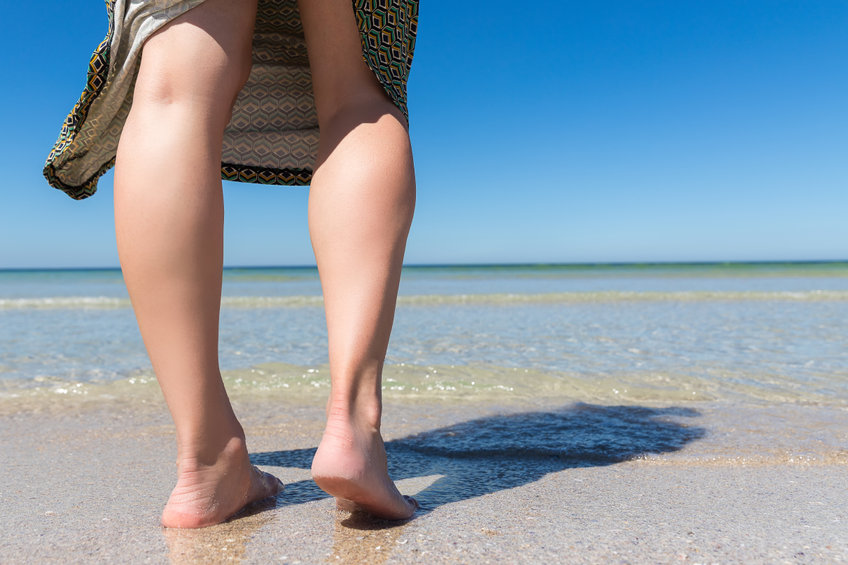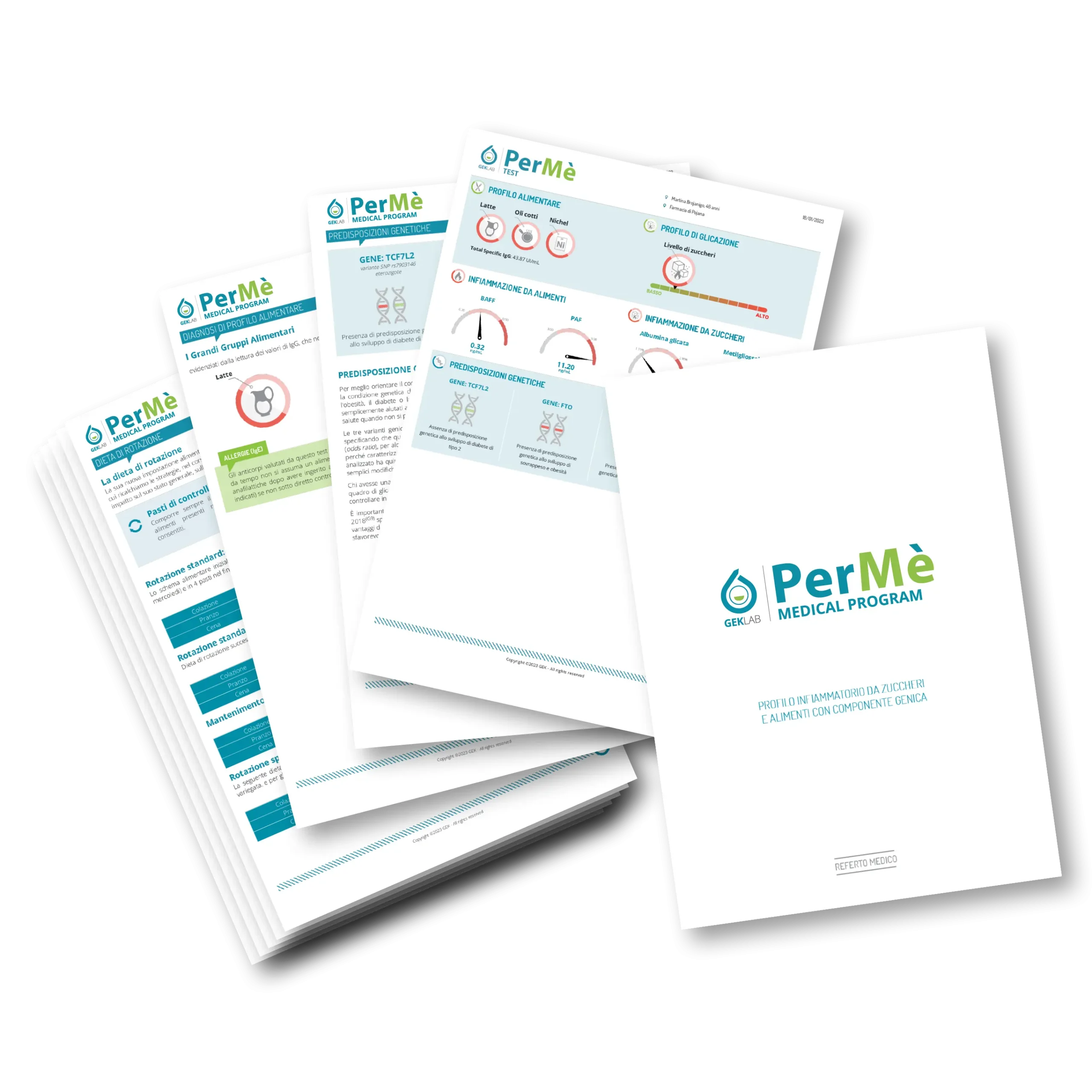
In the summer, with the arrival of intense heat, a large portion of the population, both female and male, may suffer from swollen and heavy legs. This condition is especially common for those who are very sedentary and carrying a few extra pounds.
A “DIY” method to measure water retention is to digitally compress the shin.
Pressing a finger on the leg of someone who is retaining a lot of fluids will leave a lasting imprint for a short time. The deeper the finger sinks into the leg, and the longer the mark remains, the greater the amount of fluids being retained.
Since edema is also a result of an inflammatory process, a personalized diet can be a crucial help.
Undergoing a PerMè Medical Program or a Recaller Medical Program allows you to assess the level of inflammation and identify which foods, consumed in excess or repeatedly, are causing inflammatory responses.
Fluid retention in the legs reflects a systemic inflammatory state and should be addressed not only locally but also by providing the right “hydration” to the cells to reduce inflammation.
Fluid retention in the legs reflects a systemic inflammatory state and should be addressed not only locally but also by providing the right “hydration” to the cells to reduce inflammation. The inflammatory process is characterized by the presence of pro-inflammatory molecules (e.g., BAFF, PAF, and MGO) that the body tries to dilute by releasing water from the tissues.
The personalized dietary approach, as described in your report, allows you to eat everything with peace of mind while modulating inflammation through a food rotation.
It is also helpful to reduce the use of salt on dishes and avoid foods that contain “hidden salt,” such as cured meats, aged cheeses, pickled foods, baked goods, packaged chips, and so on.
It is also essential to ensure the correct intake of water and seasonal vegetables with draining and detoxifying properties, such as celery, cucumber, radicchio, artichokes, asparagus, and chicory. In this regard, it is a good habit to start every meal with raw vegetables; they provide valuable minerals and vitamins, such as potassium, magnesium, and vitamin C.
During the cooler hours of the day, it is recommended to take at least a brisk 30-minute walk: walking promotes venous return. The moving muscles “massage” the venous structures, also preventing excessive vasodilation. Avoiding crossing your legs during the day allows for better circulation in the limbs.
In the evening, it is also sufficient to keep the legs elevated for ten minutes to promote the return of blood to the heart and drainage. A cold water jet on the limbs could also provide an immediate feeling of relief.
An additional helpful support can come from phytotherapy. With the recommendation to consult your trusted therapist, the use of herbs such as gotu kola, sweet clover, dandelion, and pinoflavo can support blood vessels. For example, the pycnogenol found in pinoflavo has anti-inflammatory and antioxidant properties, making it a valuable ally during the more critical periods.
Edited by The Scientific Editorial Team GEK Lab
Articoli correlati
No post found!


